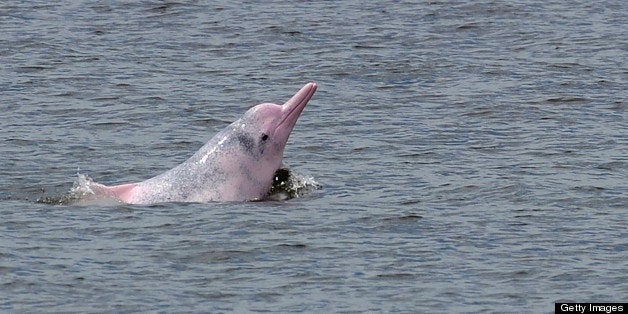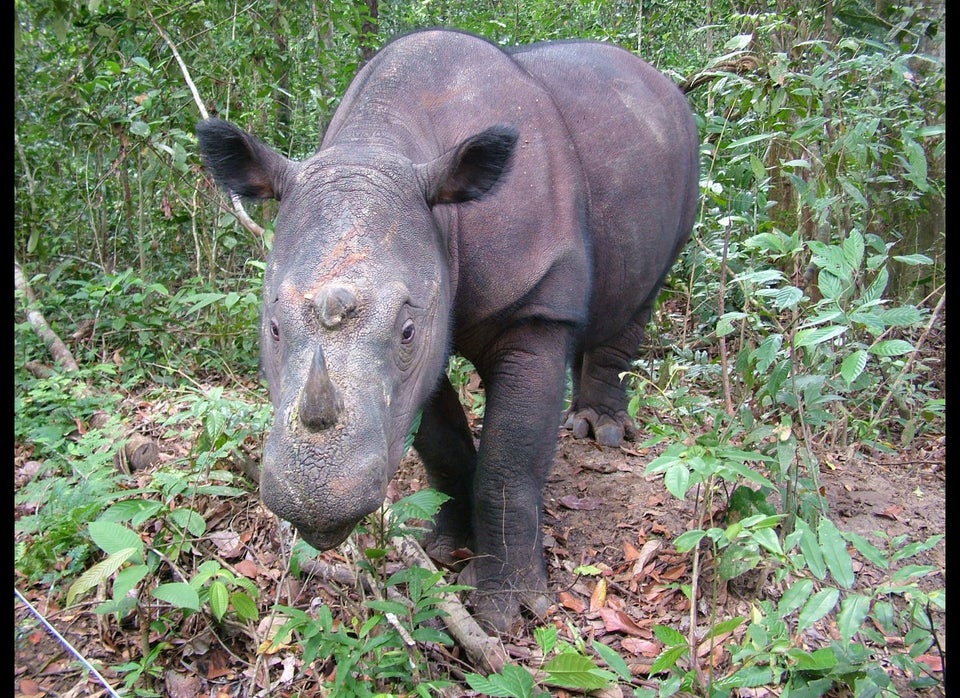
Chinese white dolphins, nicknamed "pink dolphins," are rarely spotted in Hong Kong waters. However, the near-threatened species is becoming even more uncommon, and conservationists warn that Hong Kong risks losing the dolphins altogether unless immediate action is taken.
According to the Hong Kong Dolphin Conservation Society, the number of pink dolphins in waters surrounding the city have dropped significantly in recent years from 158 in 2003 to 78 in 2011, the Agence France-Presse reports. However, the current pink dolphin population may be even smaller since the 2012 statistics have yet to be released.
"It is up to the government and every Hong Kong citizen to stand up for dolphins," chairman Samuel Hung told AFP. "We risk losing them unless we all take action."
As the report notes, the warning comes one week after a tour guide with Hong Kong DolphinWatch posted a video of a grieving mother dolphin on Facebook. In the short clip, captured in Sha Chau and Lung Kwu Chau Marine Park on April 28, a mother and other dolphins struggle to support a dead pink dolphin calf as they appear to try and push it toward the surface.
"I started to film and it was then that I noticed the dead baby calf. From its size and color, I guessed it was a newborn. It was so depressing and so very sad," the tour guide later explained to South China Morning Post. "There was a group of four or five dolphins taking turns with the mother to try to keep the baby on the surface of the water. We watched it for about 30 minutes."
Hong Kong DolphinWatch spokeswoman Janet Walker said she believes the dolphin died as a result of China's pollution, AFP reports.
The pink dolphin is currently classified as "near threatened" on the IUCN Red List of Threatened Species, and, as the World Wildlife Fund notes, China lists it as a "Grade 1 National Key Protected Species."
Monday's announcement was not the first time the conservation group has warned of the dwindling dolphin population. In early 2012, the society revealed that it set up a DNA bank for the pink dolphin in an attempt to keep the rare species from going extinct.
In March, Chinese Premier Li Keqiang pledged that the government will "take more vigorous efforts to clean up such pollution" but did not specify exactly what the Chinese government intends to do. Li's most recent remarks echo his earlier sentiments from January, when he said the resolution to China's pollution problem will "require a long-term process."
